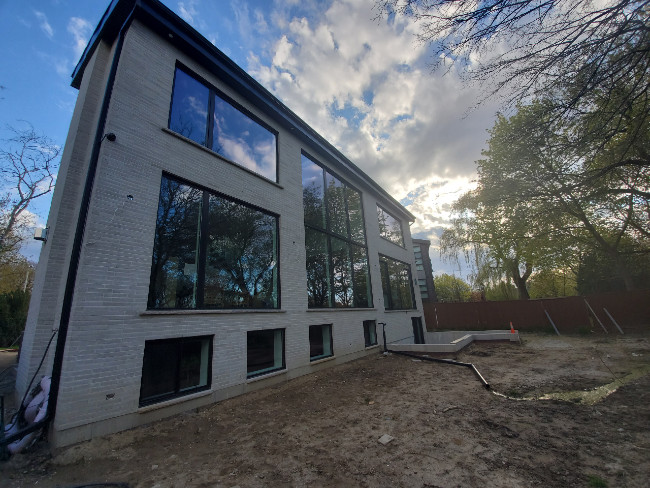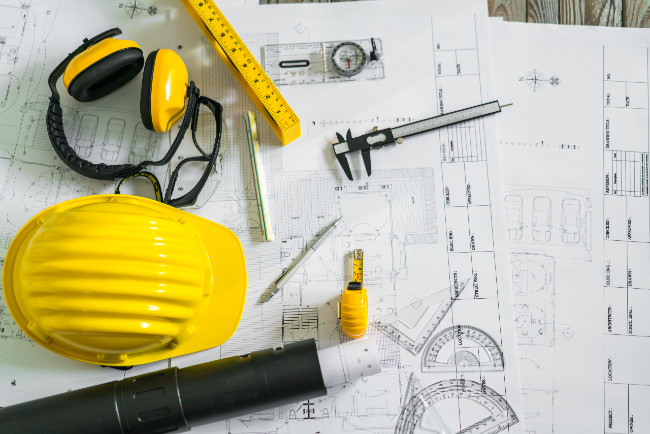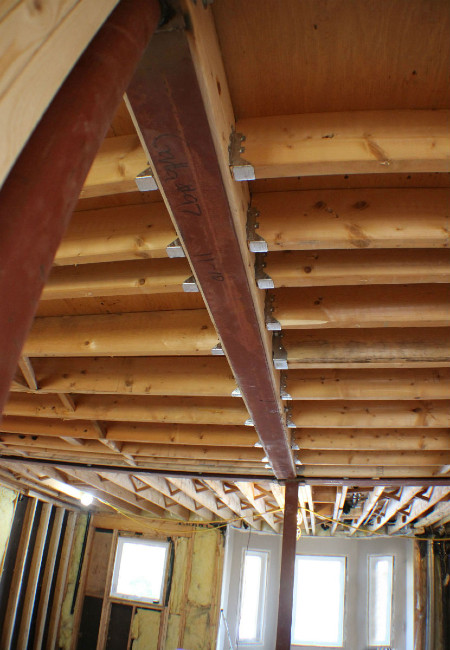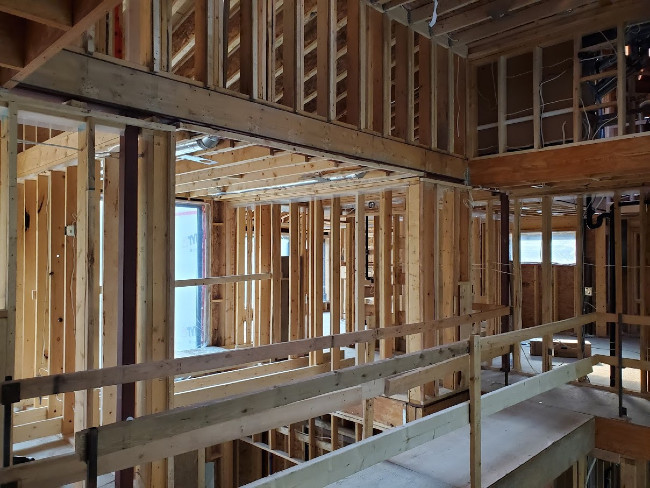Structures are the fundamental materials of our built environment, providing support, stability, and functionality to buildings, bridges, and various other constructions. Understanding the different types of structures and their design principles is conclusive for architects, engineers, and construction professionals. In this post, we will look at the many types of structures, dig into the realm of structural design, and present the notion of a structural app that may help with the design process.
Understanding Structures
What are structures?
Structures are the configurations and linkages of various elements that result in a stable and functional system. They can be found in both commonplace objects like chairs and tables and large-scale structures like skyscrapers and bridges. Structures’ principal function is to withstand imposed loads while also providing stability and safety.
Importance of structural design
Structural design is a key procedure that ensures a structure’s integrity and safety. It entails determining the loads that will be applied to a structure and designing parts to sustain those loads. Failures, collapses, and compromises in structural integrity can all be avoided with proper structural design.
Types of Structures



There are several types of structures, each with its unique characteristics and applications. Here are the main categories:
Load-bearing structures
The weight of the building or construction is transferred directly to the foundation through load-bearing structures. They rely on the inherent strength and stability of materials like masonry or reinforced concrete. Traditional brick and mortar structures are examples of load-bearing structures.
Frame structures
To support the load, frame structures use a skeleton-like framework of beams and columns. Because the load is spread throughout the structure, open areas and flexible floor plans are possible. Steel and reinforced concrete are two materials that are often utilized in frame buildings.
Shell structures
Shell structures are strong because of their shape and form. They efficiently distribute loads due to their curved surfaces. Domes and thin-shell concrete roofs are examples of shell structures.
Composite structures
Composite constructions are made up of many materials that are combined to enhance strength, weight, and other qualities. Reinforced concrete, for example, is a composite material that combines the strength of steel with the durability of concrete. Composite constructions are more versatile and perform better.
Tensile structures
Tensile structures transport and distribute loads by using tensioned components such as cables and membranes. These buildings are distinguished by their capacity to span long distances while remaining structurally sound. Stadiums, exhibition halls, and temporary buildings are all examples of tensile structures.
Structural Design Principles




Successful structural design relies on several key principles:
Strength and stability
Structures must be constructed to resist the loads they will face during their lifetime. To maintain structural stability and safety, factors such as gravity loads, wind forces, and seismic activity must be carefully evaluated.
Material selection
Choosing the right materials for structural design is critical. Strength, durability, cost-effectiveness, and sustainability must all be considered. Concrete, steel, wood, and composites are common structural design materials.
Structural analysis and calculations
Structural analysis is calculating the internal forces and deformations that a structure will experience. Calculations are done to calculate the needed size and reinforcement for each structural element. This is aided by advanced software and mathematical models.
Introduction to Structurally App
What is a structurally app?
A structurally app is a software program that is especially developed to aid architects and engineers in the structural design process. It includes tools for assessing loads, developing structural models, doing computations, and producing thorough reports. These tools speed the design process, increase accuracy, and foster communication among design experts.
Benefits of using a structurally app
Using a structurally app offers numerous advantages, including:
Time efficiency: The app automates complex calculations and reduces manual work.
Accuracy: It minimizes human errors and ensures precise structural analysis.
Visualization: Structural models can be visualized in 3D, aiding in design comprehension.
Collaboration: Design professionals can work simultaneously on the same project, promoting teamwork and efficiency.
Key features and functionalities
Structurally apps offer a range of features and functionalities, such as:
Load analysis: The app can calculate and analyze various types of loads acting on the structure.
Structural modeling: Users can create 3D models of the structure, visualizing its behavior under different conditions.
Material selection: The app suggests suitable materials based on design requirements and constraints.
Code compliance: It ensures that the design adheres to relevant building codes and regulations.
Report generation: Detailed reports and documentation can be generated for further analysis and communication.
5. Advancements in Structure Design




The field of structure design has witnessed significant advancements in recent years:
Technological innovations
Building Information Modeling (BIM), for example, enables architects and engineers to generate comprehensive digital models of structures. These approaches promote cooperation, conflict identification, and effective project management.
Sustainable design practices
With increased environmental concerns, sustainable design methods in structural design have gained significance. The use of renewable energy sources, green materials, and energy-efficient technologies is becoming more common.
Integration of AI and machine learning
The design process is being transformed by artificial intelligence (AI) and machine learning (ML). AI algorithms may aid in the generation of optimum designs, the prediction of structural performance, and the improvement of decision-making.
6. Conclusion
Understanding the various types of structures and their design principles is critical for architectural and engineering professionals. Load-bearing structures, frame structures, shell structures, composite structures, and tensile structures all provide unique answers to specific needs. Strength, stability, and material selection are all variables to consider while designing a structure. The introduction of structurally apps has further transformed the design process, improving productivity, accuracy, and cooperation.
FAQs
What are the 4 types of building structures?
The four types of building structures are frame structures, shell structures, composite structures, and grid structures.
What are the 3 types of structures?
The three types of structures are shell structures, frame structures, and solid structures.
What are 6 examples of structures?
Six examples of structures are bridges, skyscrapers, dams, tunnels, stadiums, and houses.
What are the 5 basic structural systems?
The five basic structural systems are truss system, beam and column system, arch system, cable and tension system, and frame system.
What are the 3 main functions of a structure?
The three main functions of a structure are load-bearing, stability, and serviceability.
What are the 3 major components of a building structure?
The three major components of a building structure are foundation, superstructure, and roofing system.
What is a structure in architecture?
In architecture, a structure refers to the arrangement and organization of building elements that provide stability and support.
What are the 4 main elements of a building?
The four main elements of a building are foundation, walls, floors, and roof.
What are structures in civil engineering?
In civil engineering, structures refer to engineered systems like buildings, bridges, tunnels, dams, and other infrastructure.
What are the two classifications of structures?
Structures can be classified into natural structures and man-made structures.
















